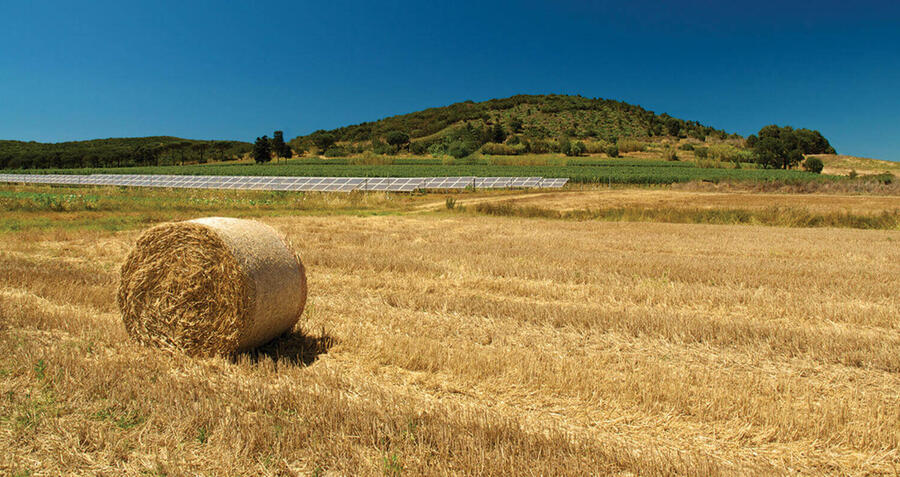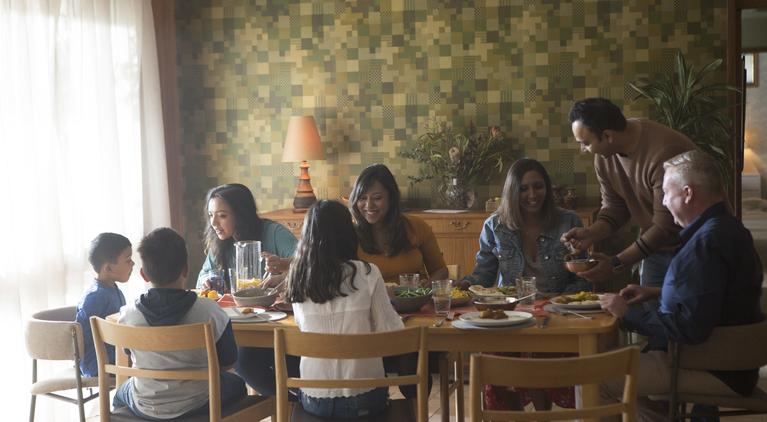The stereotypical champion of renewable energy is often the inner-city dweller, but contrary to the cliché, it’s households in rural and regional Australia that are some of the strongest users of renewables, driven by their significant uptake of solar power.
Research by Green Energy Trading found that 29 per cent of homes in rural and regional areas have solar systems installed, compared with just 18 per cent in the capital cities. The report, Postcode and Income Distribution of Solar, suggests that energy cost savings are the key driver, with lower income homes more likely to turn to renewables to ease the pain of soaring electricity prices.
“A popular myth is that rich people can afford solar and are being subsidised by people on lower incomes. Our analysis shows that this is not the case.”
“Our analysis has found an inverse correlation between the income level of a postcode and the level of solar installations in that postcode, with solar uptake declining as income increased,” the report says. “A popular myth is that rich people can afford solar and are being subsidised by people on lower incomes. Our analysis shows that this is not the case.”
Of the city households with solar, most tended to be in the outer suburbs, while the inner, wealthier suburbs were under-represented. Australian PV Institute chair Renate Egan says solar uptake in the regions is also influenced by power security, property suitability and the fact that country people are traditionally more self-reliant when it comes to resources like water, food and fuel.
Egan says renewables provide energy-continuity benefits in the regions, which are more prone to power disruption, and also alleviate pressure on the grid. Often in remote and rural areas, decentralised electricity (through local large-scale solar or wind generation) is a cheaper distribution option for power companies than maintaining “long, skinny” grid lines.
Large-scale solar farms are on the rise in country Australia, particularly in off-the-grid areas where on-site generation is typically fuelled by diesel or gas and very expensive. In 2013 the Australian Renewable Energy Agency (ARENA) approved 14 applications for rural renewable energy projects worth $323 million. All involved solar technologies, and most were for off-the-grid or fringe-of-grid communities, with some powering mines.
“29 per cent of homes in rural and regional areas have solar systems installed, compared with just 18 per cent in the capital cities”
According to the Climate Council, in the next 20 years about one third of Australia’s current power generation capacity will be produced by solar. Household uptake is expected to triple in 2017 alone, helped by more affordable installation costs, which fell 58 per cent in the five years leading up to 2015.
“Australia has some of the cheapest small-scale solar in the world,” the council said in its State of Solar 2016: Globally and in Australia report. “Electricity prices from household-scale solar continue to fall. The cost of solar power is now well below the retail power prices in almost all Australian capital cities [except Canberra].”
So the next time you’re taking a drive beyond the city, look around and you’ll likely see a lot more renewable power being generated than it is in the “big smoke”. Which should make it easier to reflect on why, in fact, the city is indeed called just that.
Country-based or city-based, is solar right for you? Our specialist EnergyAustralia Solar advisors can help you decide if the time is right for you to consider a solar power system and what level of investment you’ll need to make to get the best benefit.
See how Happy Chicken Eggs farms are saving money and reducing their carbon footprint. with solar.




